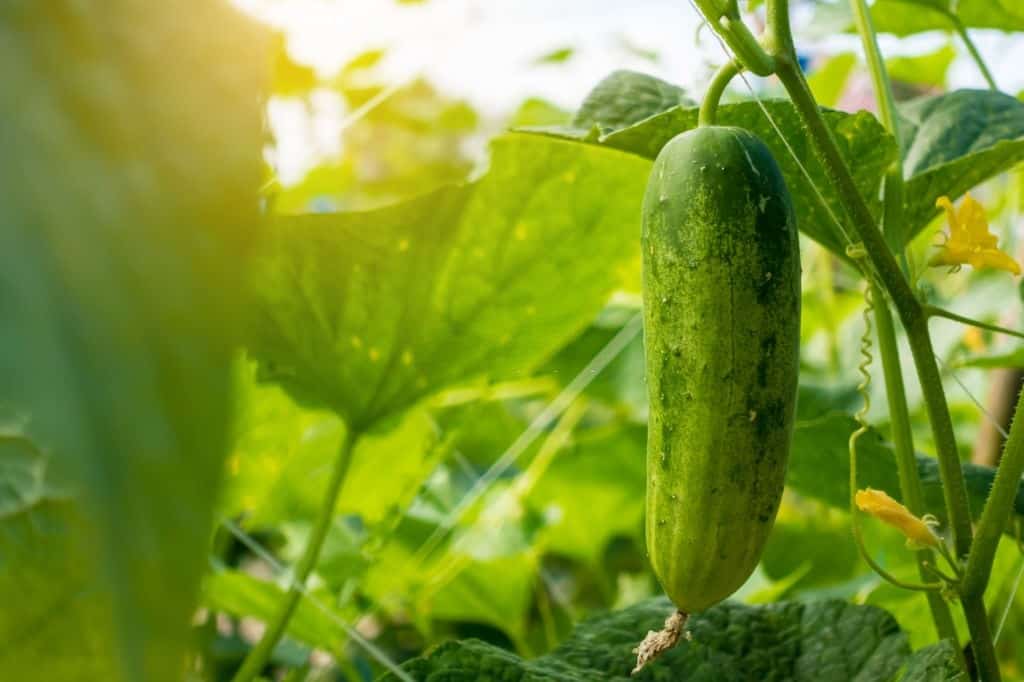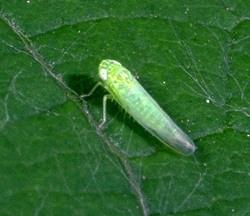A ton of. Vegetables can make great home crops, including the cucumber plant! They are productive and easier to grow compared to other plants, though you may come across some challenges. There may be instances when you notice its leaves or the cucumber itself turning yellow or dying!
You may have questioned your green thumb and asked yourself, “why are my cucumbers turning yellow and dying?” Read on as I show you the reasons why and how you can prevent it from happening again!

Why Are My Cucumbers Turning Yellow and Dying?
Yellowing cucumbers may be a natural occurrence or can signal significant problems in the plant and garden. The first step is to know what’s happening so you can make the appropriate changes.
1. Potato Leafhoppers

If you aren’t sure of what they are, potato leafhoppers are kinds of pests that feed on cucumber plants. Like pests, they would suck sap from your leaves while injecting toxins that cause plant leaves and fruits to turn yellow. You will see damaged leaves dropping from the plant.
Prevent this from happening by using cultural controls instead of spraying insecticide. Also, control any weeds around your gardening area, using row covers over plants to keep it away from insects.
2. Aphids, Whiteflies, or Spider Mites
These are small pests that would suck sap from leaves, which causes curling, yellowing, and leaves dissertation. As a result, your cucumbers become yellow!
If you notice any pests around your plants, then spray them thoroughly using insecticidal soap once a week or so. This depends on the severity of your pest infestation, be sure to follow the instruction on the insecticide labels before using. Also, don’t spray the soap during very hot days of over 90 degrees F.
For whiteflies, remove any badly infested lower leaves to prevent it from rotting the top of the plant. While cucumbers can tolerate light pest infestations, severe ones may kill plants.
3. Diseases
Did you know that cucumbers and their plants are susceptive to various fungal and bacterial diseases? They are prone to the mosaic virus or verticillium wilt, and unfortunately, there aren’t any treatments and it will kill the plant eventually.
If this happens, you must remove the infested plant immediately to prevent the diseases from spreading. You should also avoid planting members from the cucurbit family such as squash and melons for at least a few years. This is because the diseases might still be living in the soil, infesting the next crops.
To prevent diseases, you will need to control the plants and keep them away from pests.
There are also other fungal disorders and bacterial wilt, which you can control with row covers to prevent pests from coming in.
If the garden is prone to fungal disorders, control it better with proper air circulation, and avoid overcrowding your plants. Space the plants up to 15 inches apart and avoid wetting foliage as you water.
4. Nitrogen Deficiencies
When your plant and crops are deficient on Nitrogen, it can cause pale and yellowing leaves, as well as stunted growth. If ever the deficiency is severe, the plants and their crops may die!
To prevent this, be sure to fertilize your plants properly, using a tablespoon of ammonium nitrate weekly after flowers bloom. Do so again after three weeks, working gently to prevent damaging the plant roots.
Do NOT use too much or your plants won’t set fruit well from over-fertilization.
5. Born This Way
Dark cucumbers are usually dark green, but yellow varieties exist! One of the popular ones is the lemon cultivar, which differs among other cucumber varieties as it grows into a ball-shaped and 4-inch wide cucumber in a bright yellow color.
Be sure that you know what seedlings and cucumbers before purchasing to prevent getting confused about its yellow color.
Besides this, cucumbers do tend to yellow and turn orange when they fade, which is due to leave them on the vine for too long. Furthermore, they can become too large, and leaving them on the vine will slow or stop the production of new cucumbers.
That’s why you need to tend to your plants daily and harvest crops when ready rather than leaving them there for long. It will stop the growing process and leave you with a large cucumber you may not be able to use!
6. Water and Fertilizer Usage
Did you know that if you water and fertilize your plants improperly, it results in yellow cucumbers? This is because cucumbers have shallow roots, craving moisture. If you leave them with wet feet, it has the fruit turn yellow.
It’s best to water them at the right intervals, which is once a week during dry spells. Or, you should only water it when the top inch of its soil is dry to the touch. You should also time your plant growth correctly and avoid rainy growing seasons for cucumbers.
Besides this, you should also give your cucumber plants adequate nutrition. Lack of nutrients causes yellowing in plant leaves and cucumbers, and the fruit will stay small instead of reaching its full size.
When doing so, mix a cup of 10-10-10 granular fertilizer and place it into each 10-foot row when planting. As the young vines reach one foot long, mix in a tablespoon of fertilizer to the soil beside every plant.
Do you want to learn more about why your cucumbers turn yellow? Check out these reasons why your cucumbers may not grow properly and how to remedy them in this video:
Wrapping It Up
Do your plants continue dying or produce yellow cucumbers (even if it isn’t the lemon variety)? Then try again the next growing season and select disease-resistant cucumber varieties next time. Take this as a learning lesson and utilize these points to have more successful crops!
I hope that this article answers your question, “Why are my cucumbers turning yellow and dying?” Now that you know the answer, be sure to start caring for your cucumbers better today.